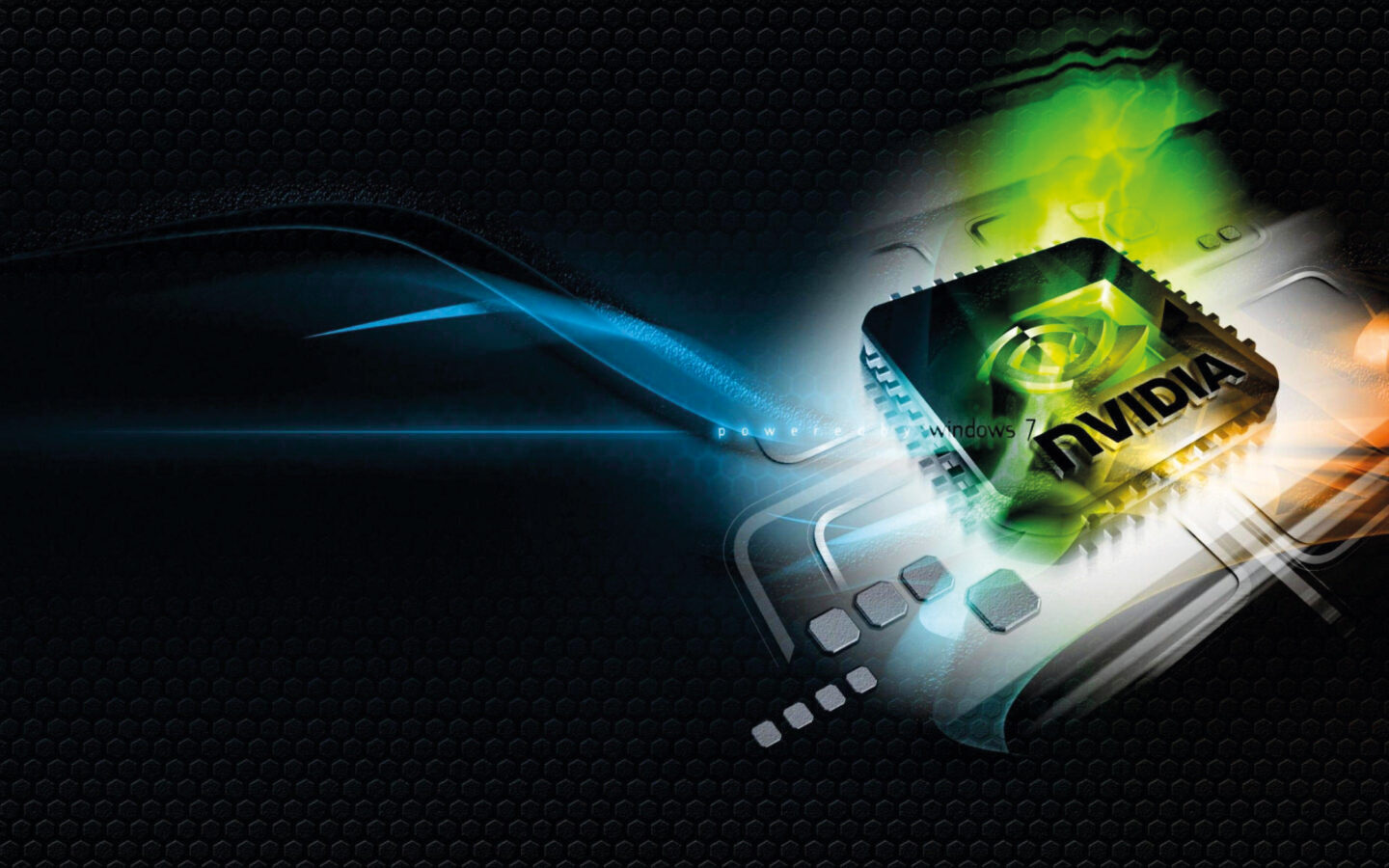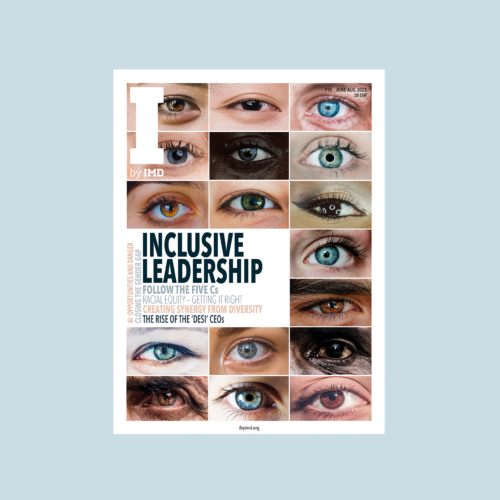We can’t get through a day without feeling the impact of the latest innovation in AI coming to life in real time. But it’s the tangible ramifications in the near future of this exponential impact that bewilder us all. ChatGPT is not the only thing. Copilot by Microsoft is another. Then the stock market saw Nvidia hit a trillion-dollar valuation, surpassing Tesla and Meta. Nvidia is a company that a year ago few outside of the tech sector would know or care about. It’s a company quietly making chipsets for video gamers; and it just so happens that these same chipsets can be trained for AI. A trillion-dollar capitalization is a thousand billion: a thousand unicorns.
The magnitude of change in our world, all of a sudden, becomes unfathomable. Should it be a surprise that the Writers Guild of America, with its 11,000 unionized writers, went on strike?
It’s always at these junctures, these ruptures, that some companies manage to ride on the next wave while others get left behind. Put differently: technology upheaval is always neutral. It benefits those who are future-ready. It supercharges the growth of some companies but also causes irreversible damage to those who are not ready. A question worth asking, therefore, is this: Can you tell if a company is future-ready? How do you measure readiness?
A balanced scorecard
At IMD’s Center for Future Readiness, we produce a biannual ranking to measure just that. We do this through objective, rule-based measures that are calculated as a composite score. The ranking is based on seven main factors: (1) financial fundamentals, (2) investors’ expectations of future growth, (3) business diversity, (4) employee diversity/ESG, (5) research and development, (6) early results of innovation efforts, and (7) cash and debt. These seven main factors, which carry the same weight in the overall result, comprise 33 variables.
In our most recent Future Readiness Indicator, published in May, we investigated the consumer packaged goods, finance, and automobile sectors. We discovered that the top-ranking companies in each sector have the basis and foundations they need to take advantage of the next new thing. Five years ago, it was omnichannel, e-commerce, and the Internet of Things (IoT). Today, it’s generative AI. The top-ranking companies in our indicator are more capable of absorbing and responding to new trends because their executives and managers have prioritized initiatives and are able to persevere to do the hard work that is required in those new areas. Let’s look at the financial industry as an example.

Audio available

 Audio available
Audio available




